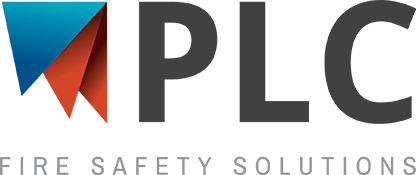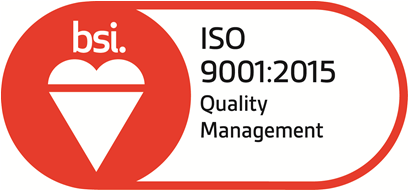Most building and fire codes contain prescriptive requirements that are intended to serve as the minimum measures that must be met to provide an acceptable level of safety. Frequently, code users (e.g. architects, engineers, designers, etc.) run up against prescriptive requirements in the codes that will not permit desired designs. In those cases, performance-, or objective-, based alternative solutions, demonstrating compliance with the intent of the code requirements are often employed. The use of alternative solutions has become common in the building industry. With advancements in building materials and methods of construction, fire protection systems, and testing, the use of alternative solutions will continue and proliferate.

On the flip side of using alternate solutions to meet the intent of the code requirements that cannot be met prescriptively, there can be situations where a design can meet the prescriptive requirement of a code, but the intent of the requirement may not necessarily be achieved. As an example, I was recently tasked with a review of a building design where a rooftop mechanical space was provided with access to the storey immediately below the roof. Sentence 3.3.1.3.(5) of the NBCC-2015 permits a rooftop enclosure to be provided with an access to exit that leads to an exit on the storey immediately below the roof. In this case, the building was a single storey in height with its roof at a height of about 25 m above finished floor level. Open caged ladders were proposed to provide access from the roof level leading to a single open area on the ground floor. While technically meeting the requirement of the code, having occupants of the rooftop mechanical space climb down 25 m in open ladders to reach the exit level does not necessarily satisfy the intent of the code requirement; “to limit the probability of delays in the evacuation or movement of persons to a safe place in an emergency, which could lead to harm to persons”. After all, depending on the nature of the activities performed on the ground floor, the space may be full of smoke and heat from a fire; conditions that would hardly promote speedy and safe evacuation.
The prescriptive requirements of the codes cannot address every possible situation for building design. Hence, alternative solutions are permitted. However, even when conforming to the prescriptive requirements of the applicable codes, one should always keep in mind the intent of the requirements, common sense and good fire protection engineering practice to ensure that a design achieves the intended level of safety.







